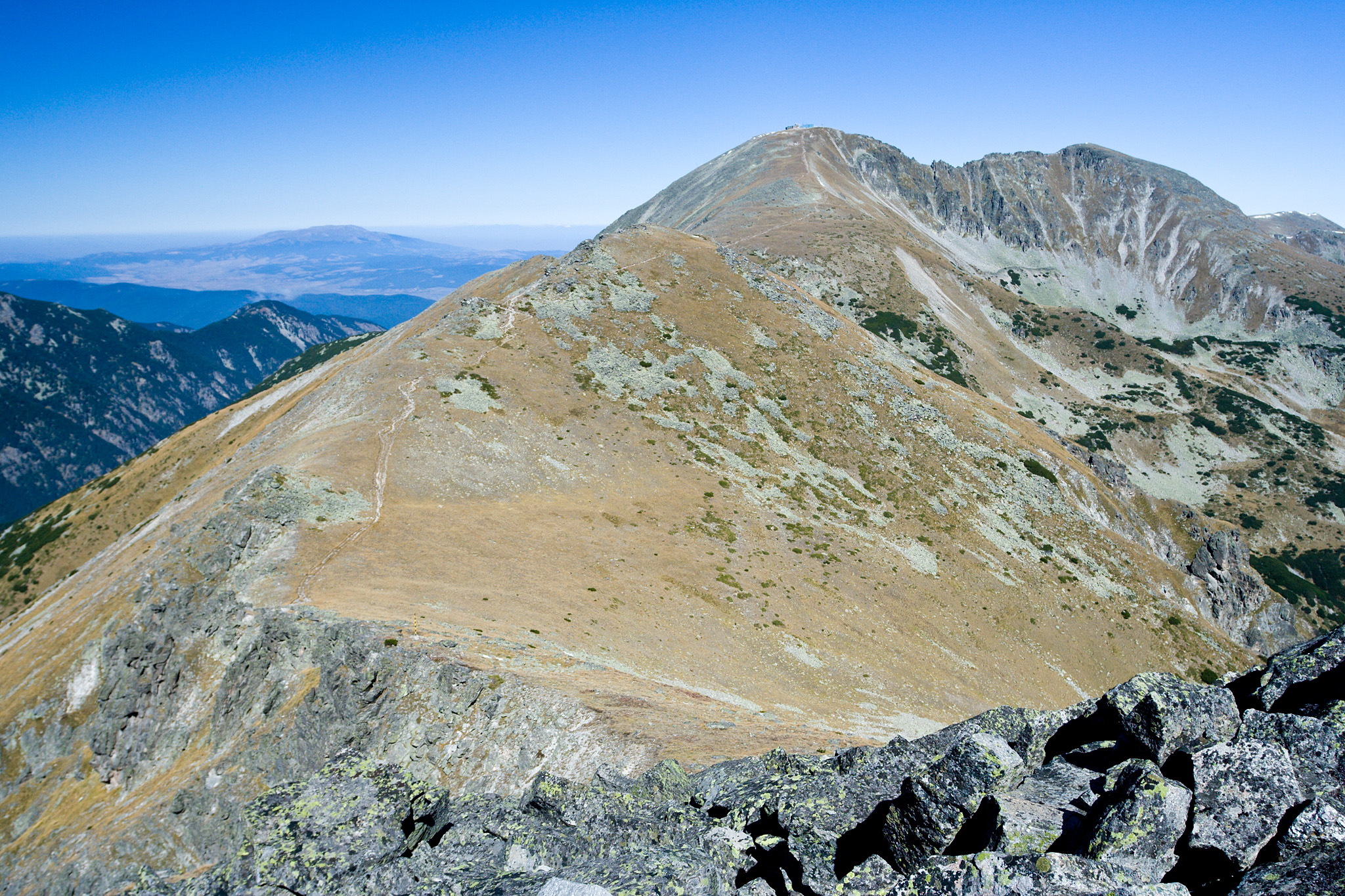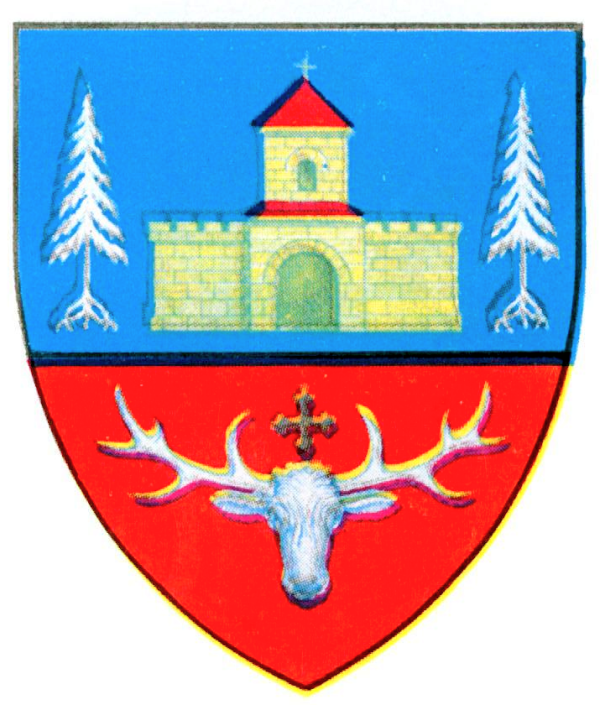|
Moldoveanu Peak
Moldoveanu Peak (, ; "Moldavian Peak"), at , is the highest mountain peak in Romania.2017 Romanian Statistical Yearbook p. 11 It is located in Argeș County, in the Făgăraș Mountains of the Southern Carpathians
The Southern Carpathians (also known as the Transylvanian Alps; ; ) are a group of mountain ranges located in southern Romania. They cover the part of the Carpathian Mountains located betwee ...
[...More Info...] [...Related Items...] OR: [Wikipedia] [Google] [Baidu] |
Făgăraș Mountains
The Făgăraș Mountains ( ; ) are the highest mountains of the Southern Carpathians, in Romania. Geography The mountain range is situated in the heart of Romania, at . The range is bordered in the north by the Făgăraș Depression, through which the Olt River flows, and in the west by the Olt Valley (Valea Oltului). Despite its name, Făgăraș, located to the north, is not the nearest town to the mountain range, which has no major settlements. Other important surrounding cities are Brașov and Sibiu. Glacier lakes include Bâlea (2,034 m, 46,508 m2, 11.35 m deep), the largest. The highest lake is in the Hărtopul Leaotei glacial valley. The deepest glacial lake is Podragu (2,140 m, 28,550 m2; 15.5 m deep). Other lakes are Urlea (2,170 m, 20,150 m2) and Capra (2,230 m, 18,340 m2). The highest peaks are: *'' Moldoveanu'' — *'' Negoiu'' — *'' Viștea Mare'' — *'' Lespezi'' — *' — *'' Vânătoarea lui Buteanu'' ... [...More Info...] [...Related Items...] OR: [Wikipedia] [Google] [Baidu] |
XO-1
XO-1 is a apparent magnitude, magnitude 11 G-type main-sequence star located approximately 530 light-years away in the constellation Corona Borealis (constellation), Corona Borealis. XO-1 has a mass and radius similar to the Sun. In 2006 the extrasolar planet XO-1b was discovered orbiting XO-1 by the Methods of detecting extrasolar planets#Transit method, transit method using the XO Telescope. The star XO-1 is named Moldoveanu. The name was selected in the NameExoWorlds campaign by Romania, during the 100th anniversary of the International Astronomical Union, IAU. Moldoveanu Peak, Moldoveanu is the highest peak in Romania. Planetary system The XO Project is an international team of professional and amateur astronomers which discovered the Jupiter-sized planet orbiting around XO-1. The team, led by Peter R. McCullough of the Space Telescope Science Institute in Baltimore, includes four amateur astronomers from North America and Europe. The planet was confirmed using the H ... [...More Info...] [...Related Items...] OR: [Wikipedia] [Google] [Baidu] |
Geography Of Argeș County
Geography (from Ancient Greek ; combining 'Earth' and 'write', literally 'Earth writing') is the study of the lands, features, inhabitants, and phenomena of Earth. Geography is an all-encompassing discipline that seeks an understanding of Earth and its human and natural complexities—not merely where objects are, but also how they have changed and come to be. While geography is specific to Earth, many concepts can be applied more broadly to other celestial bodies in the field of planetary science. Geography has been called "a bridge between natural science and social science disciplines." Origins of many of the concepts in geography can be traced to Greek Eratosthenes of Cyrene, who may have coined the term "geographia" (). The first recorded use of the word γεωγραφία was as the title of a book by Greek scholar Claudius Ptolemy (100 – 170 AD). This work created the so-called "Ptolemaic tradition" of geography, which included "Ptolemaic cartographic theory." ... [...More Info...] [...Related Items...] OR: [Wikipedia] [Google] [Baidu] |
Mountains Of The Southern Carpathians
A mountain is an elevated portion of the Earth's crust, generally with steep sides that show significant exposed bedrock. Although definitions vary, a mountain may differ from a plateau in having a limited summit area, and is usually higher than a hill, typically rising at least above the surrounding land. A few mountains are isolated summits, but most occur in mountain ranges. Mountains are formed through tectonic forces, erosion, or volcanism, which act on time scales of up to tens of millions of years. Once mountain building ceases, mountains are slowly leveled through the action of weathering, through slumping and other forms of mass wasting, as well as through erosion by rivers and glaciers. High elevations on mountains produce colder climates than at sea level at similar latitude. These colder climates strongly affect the ecosystems of mountains: different elevations have different plants and animals. Because of the less hospitable terrain and climate, mountains t ... [...More Info...] [...Related Items...] OR: [Wikipedia] [Google] [Baidu] |
List Of European Ultra Prominent Peaks
This is a list of all the mountains in Europe with ultra-prominent peaks with topographic prominence greater than . European peaks by prominence The column "Col" in the chart below denotes the highest elevation to which one must descend from a peak in order to reach peaks with higher elevations; note that the elevation of any peak is the sum of its prominence and col. The above European Top 10 list excludes peaks on lands and islands that are part of European countries but are outside or on the limits of the Europe, European continent and its Eurasian Plate, tectonic and Geography of Europe, geographic boundaries, like Teide (with prominence of ), Tenerife Island, Spain; Belukha Mountain, Belukha peak of the Altai Mountains in Russia (with prominence of ); and Piton des Neiges (with prominence of ), Réunion, France. For ease of reference, the complete list below is divided into sections. Islands in the North Atlantic Ocean, Atlantic, like Azores and Iceland, the Arctic Ocean, ... [...More Info...] [...Related Items...] OR: [Wikipedia] [Google] [Baidu] |
Corona Borealis
Corona Borealis is a small constellation in the Northern Celestial Hemisphere. It is one of the 48 constellations listed by the 2nd-century astronomer Ptolemy, and remains one of the 88 modern constellations. Its brightest stars form a semicircular arc. Its Latin name, inspired by its shape, means "northern crown". In classical mythology Corona Borealis generally represented the crown given by the god Dionysus to the Cretan princess Ariadne and set by her in the heavens. Other cultures likened the pattern to a circle of elders, an eagle's nest, a bear's den or a smokehole. Ptolemy also listed a southern counterpart, Corona Australis, with a similar pattern. The brightest star is the magnitude 2.2 Alpha Coronae Borealis. The yellow supergiant R Coronae Borealis is the prototype of a rare class of giant stars—the R Coronae Borealis variables—that are extremely hydrogen deficient, and thought to result from the merger of two white dwarfs. T Coronae Borealis, als ... [...More Info...] [...Related Items...] OR: [Wikipedia] [Google] [Baidu] |
Light-years
A light-year, alternatively spelled light year (ly or lyr), is a unit of length used to express astronomical distances and is equal to exactly , which is approximately 9.46 trillion km or 5.88 trillion mi. As defined by the International Astronomical Union (IAU), a light-year is the distance that light travels in vacuum in one Julian year (365.25 days). Despite its inclusion of the word "year", the term should not be misinterpreted as a unit of time. The ''light-year'' is most often used when expressing distances to stars and other distances on a galactic scale, especially in non-specialist contexts and popular science publications. The unit most commonly used in professional astronomy is the parsec (symbol: pc, about 3.26 light-years). Definitions As defined by the International Astronomical Union (IAU), the light-year is the product of the Julian year (365.25 days, as opposed to the 365.2425-day Gregorian year or the 365.24219-day Tropical year that both approximate) ... [...More Info...] [...Related Items...] OR: [Wikipedia] [Google] [Baidu] |
Câmpulung
Câmpulung (also spelled ''Cîmpulung'', , , Old Romanian ''Dlăgopole'', ''Длъгополе'' (from Middle Bulgarian), or ''Câmpulung Muscel'') is a municipiu, city in Argeș County, Muntenia, Romania. It is attested on the Fra Mauro map from 1450 as Campo longo. It is situated among the outlying hills of the Southern Carpathians, at the head of a long well-wooded glen traversed by the river Râul Târgului, Târgului, a tributary of the river Argeș (river), Argeș. History Near Câmpulung are the remains of Jidava (castra), Jidava (or Jidova) Roman fort built around 190–211 AD on the frontier of the empire, the Limes Transalutanus; and just next to it, vestiges of a Roman colony, variously identified with Romula, Stepenium and Ulpia Traiana Sarmizegetusa, Ulpia Traiana. Now called ''Grădiștea'' (meaning ''place of a fortress'' in Romanian) or ''Jidovi''. Campulung was also important because it was only 37 km away from the Bran Pass an important trade and mil ... [...More Info...] [...Related Items...] OR: [Wikipedia] [Google] [Baidu] |
Southern Carpathians
The Southern Carpathians (also known as the Transylvanian Alps; ; ) are a group of mountain ranges located in southern Romania. They cover the part of the Carpathian Mountains located between the Prahova River in the east and the Timiș and Cerna Rivers in the west. To the south they are bounded by the Balkan Mountains in eastern Serbia. Heights The Southern Carpathians are the second highest group of mountains in the Carpathian Mountain range (after Tatra), reaching heights of over 2,500 meters. Although considerably smaller than the Alps, they are classified as having an alpine landscape. Their high mountain character, combined with great accessibility, makes them popular with tourists and scientists. The highest peaks are: * Moldoveanu Peak, 2,544 metres – Făgăraș Mountains * Negoiu, 2,535 metres – Făgăraș Mountains * Parângu Mare, 2,519 metres – Parâng Mountains * Omu Peak 2,514 metres – Bucegi Mountains * Peleaga, 2,509 metres – Retezat Mou ... [...More Info...] [...Related Items...] OR: [Wikipedia] [Google] [Baidu] |
Viștea Mare
Viștea Mare () is a mountain peak in the Făgăraș Mountains of the Southern Carpathians of Brașov County in Romania. With an elevation of , it is the third highest peak in Romania after Moldoveanu Peak (2,544 m) and Negoiu Peak Negoiu Peak ( ; ) is a mountain peak in the Făgăraș Mountains of the Southern Carpathians, located in Sibiu County, Romania, with an elevation of .Vistea Mare Peak and many other photos from the Romanian Carpathians * [...More Info...] [...Related Items...] OR: [Wikipedia] [Google] [Baidu] |





